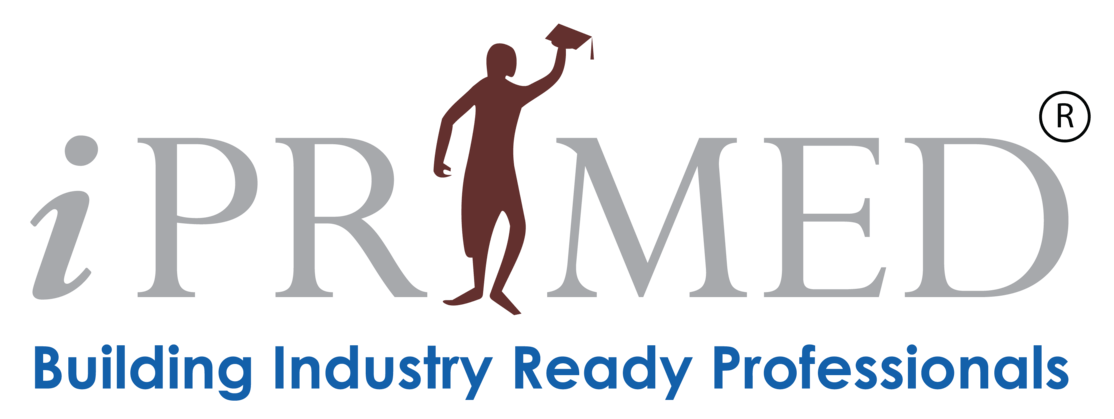The world of work is changing faster than ever before. Technology, automation, globalization, and social trends are reshaping the way we work, learn, and collaborate. The skills that were in demand yesterday may not be relevant tomorrow. How can you ensure that your workforce is ready for the future?
The answer is simple: by investing in upskilling and reskilling. By investing in upskilling and reskilling, organizations can not only enhance the performance and productivity of their workforce, but also increase their engagement, retention, and loyalty.
The Changing Landscape of Work

The world of work is undergoing a massive transformation, driven by three major forces:
Automation and technological disruption: Artificial intelligence, machine learning, robotics, and other emerging technologies are creating new opportunities and challenges for workers. Some jobs are being replaced or augmented by machines, while new jobs are being created that require different skill sets and competencies. According to a report by the World Economic Forum, by 2025, 85 million jobs may be displaced by machines, while ninety-seven million new roles may emerge that are more adapted to the new division of labour between humans and machines.
The rise of the gig economy: More and more workers are opting for flexible, independent, and remote work arrangements, such as freelancing, contracting, or consulting. The gig economy offers workers more autonomy, variety, and control over their work-life balance, while also posing challenges such as income insecurity, lack of benefits, and isolation. According to a report by Upwork, by 2025, 36.2% of the US workforce will be working remotely, an increase of 16.8 percentage points from the number of remote workers prior to COVID-19.
Evolving industry demands: Different industries and sectors are facing different challenges and opportunities in the changing landscape of work. Some industries, such as healthcare, education, and green energy, are experiencing a surge in demand and growth, while others, such as hospitality, tourism, and retail, are struggling to survive and recover. Each industry requires different skills and competencies to adapt and innovate in the face of change.
These forces are creating a skills gap between the current and future needs of the workforce. According to a report by McKinsey, by 2030, up to 375 million workers worldwide may need to switch occupational categories and learn new skills. The skills gap is not only a threat to the competitiveness and productivity of organizations, but also to the employability and well-being of workers.
Building an Agile Workforce
To bridge the skills gap and prepare for the future of work, organizations and individuals need to build an agile workforce. An agile workforce is one that can quickly and effectively respond to changing conditions, opportunities, and challenges. An agile workforce is composed of workers who have the following characteristics:
- Relevant skills and competencies: Workers who have the skills and competencies that are in demand and aligned with the current and future needs of the organization and the industry.
- Learning agility: Workers who have the ability and willingness to learn new skills and competencies and apply them in different contexts and situations.
- Adaptability: Workers who have the flexibility and resilience to cope with change and uncertainty and adjust their behaviour and mindset accordingly.
- Collaboration: Workers who have the communication and teamwork skills to work effectively with others, across different teams, functions, and locations.
Building an agile workforce requires a strategic and systematic approach to upskilling and reskilling. Upskilling and reskilling are not one-time events, but ongoing processes that need to be integrated into the organizational culture and the individual career development.
Here are some key steps and best practices for implementing effective upskilling and reskilling programs in your organization:
Identify the skill gaps: The first step is to analyse the current skills and competencies of your workforce and compare them with the future needs of your organization and your industry. You can use various methods and tools to assess the skill gaps, such as surveys, interviews, performance reviews, competency frameworks, or online platforms. Involve your employees in the process and solicit their feedback and input on their learning needs and preferences.
Targeted upskilling: The next step is to provide training programs to enhance the existing skills and competencies of your workforce. You should prioritize the most critical and relevant skills that will have the most impact on your business goals and performance. You should also customize the training programs to suit the different levels, roles, and learning styles of your employees. Use various methods and tools to deliver the training programs, such as online courses, webinars, workshops, mentoring, coaching, microlearning, etc.
Strategic reskilling: The final step is to prepare your employees for new roles and career paths through reorientation programs. You should identify the potential opportunities and challenges for your workforce in the changing landscape of work and map out the possible transitions and trajectories for different roles and functions. Support your employees in acquiring new skills and competencies for different roles and career paths and provide them with guidance and counselling on how to make the switch.
Upskilling and reskilling are essential for future-proofing your workforce and building agility in a changing environment. By investing in upskilling and reskilling, you can not only improve the competitiveness and productivity of your organization, but also the employability and well-being of your employees.
At iPRIMED, we are here to help you achieve your talent goals and future-proof your workforce. We have the experience, the resources, and the passion to help you design and deliver effective upskilling and reskilling programs for your organization.
If you are interested in learning more about our services and how we can partner with you in this journey, please contact us today at info@iprimed.com for a free consultation. You can also explore our website www.iprimed.com . We look forward to hearing from you and working with you soon.






